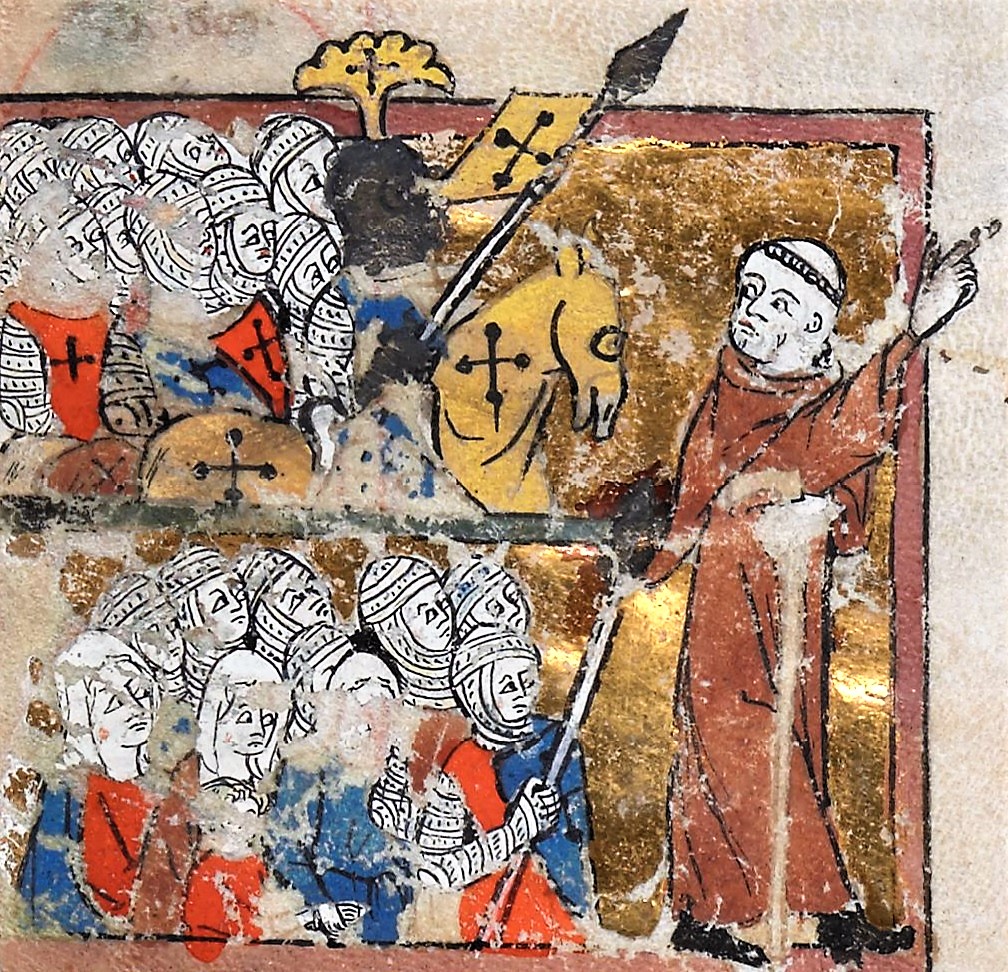Hello ladies and gents this is the Viking telling you that today we are talking about
THE FIRST CRUSADE
The First Crusade (1096–1099) was the first of a series of religious wars initiated, supported, and sometimes directed by the Latin Church in the medieval period. The initial objective was the recovery of the Holy Land from Islamic rule. These campaigns were subsequently given the name crusades.
The earliest initiative for the First Crusade began in 1095 when the Byzantine Emperor, Alexios I Komnenos, requested military support from the Council of Piacenza in the Byzantine Empire's conflict with the Seljuk-led Turks. This was followed later in the year by the Council of Clermont, during which Pope Urban II supported the Byzantine request for military assistance and also urged faithful Christians to undertake an armed pilgrimage to Jerusalem.
This call was met with an enthusiastic popular response across all social classes in western Europe. Mobs of predominantly poor Christians numbering in the thousands, led by Peter the Hermit, a French priest, were the first to respond. What has become known as the People's Crusade passed through Germany and indulged in wide-ranging anti-Jewish activities and massacres. On leaving Byzantine-controlled territory in Anatolia, they were annihilated in a Turkish ambush at the Battle of Civetot in October 1096.
In what has become known as the Princes' Crusade, members of the high nobility and their followers embarked in late summer 1096 and arrived at Constantinople between November and April the following year. This was a large feudal host led by notable Western European princes: southern French forces under Raymond of Toulouse and Adhemar of Le Puy; men from Upper and Lower Lorraine led by Godfrey of Bouillon and his brother Baldwin of Boulogne; Italo-Norman forces led by Bohemond of Taranto and his nephew Tancred; as well as various contingents consisting of northern French and Flemish forces under Robert II of Normandy, Stephen of Blois, Hugh of Vermandois, and Count Robert of Flanders. In total and including non-combatants, the army is estimated to have numbered as many as 100,000.
The crusaders marched into Anatolia. While the Seljuk Sultan of Rûm, Kilij Arslan, was away resolving a dispute, a Frankish siege and Byzantine naval assault captured Nicea in June 1097. In marching through Anatolia, the crusaders suffered starvation, thirst, and disease before encountering the Turkish lightly armoured mounted archers at the Battle of Dorylaeum.
Baldwin left with a small force to establish the County of Edessa, the first Crusader state, and Antioch was captured in June 1098. Jerusalem was reached in June 1099 and the city was taken by assault from 7 June to 15 July 1099, during which its defenders were massacred. A counterattack was repulsed at the Battle of Ascalon. After this the majority of the crusaders returned home.
Four Crusader states were established in the Near East: the County of Edessa, the Principality of Antioch, the Kingdom of Jerusalem, and the County of Tripoli. The crusader presence remained in the region in some form until the city of Acre fell in 1291, leading to the rapid loss of all remaining territory in the Levant. There were no further substantive attempts to recover the Holy Land after this.
And as always have a chilled day from the Viking

Comments
Post a Comment